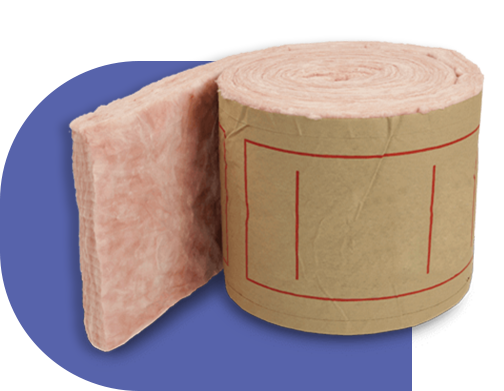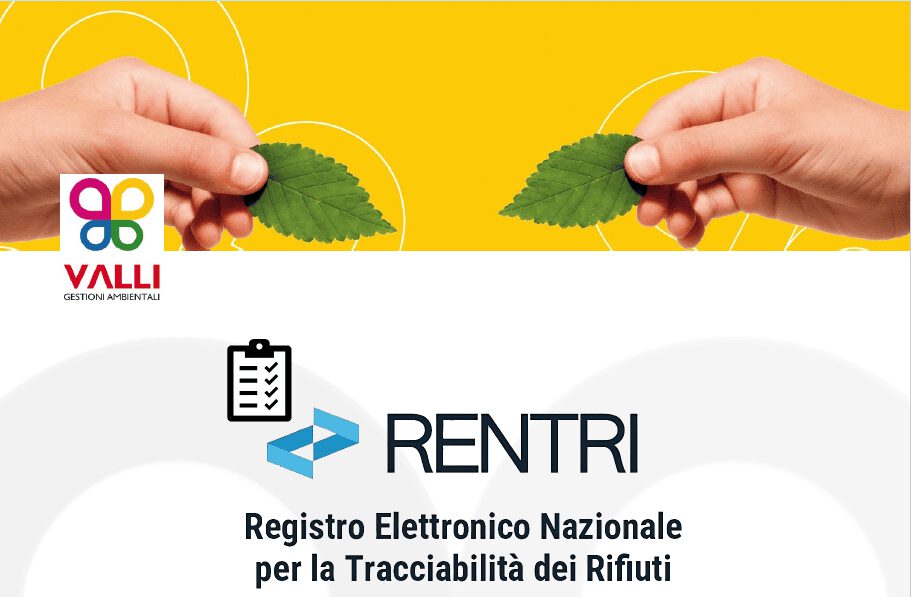Mineral Wool

Mineral wools belong to the group of Artificial Vitreous Fibres (FAVs), which in turn are included in the broader category of Man-Made Mineral Fibres (MMMFs). These materials are distinguished by their physical properties and chemical composition, making them ideal for thermal and acoustic insulation applications.
Mineral wools are mainly made up of alkaline and alkaline-earth oxides (sodium, potassium, calcium, magnesium, barium), which give fire resistance, dimensional stability and excellent insulating performance.
Rock wool and glass wool: properties and uses
Within the FAV family, the most common mineral wools are glass wool and rock wool, used in forms of panels, felts, cupels or loose wool in the following sectors:
- civil and industrial construction: insulation of walls, floors, roofs and fire compartments;
- industry: plant insulation, machine encapsulation, industrial silencers, other;
- transport: thermal and acoustic insulation of railway carriages, ships, vehicles and acoustic barriers;
- Household appliances: Improved energy efficiency and safety.
In particular, stone wool is a fibrous material of natural origin, produced through an industrial process that involves the addition of binders. It is available in rigid panels or rolls of various thicknesses and densities. Its main characteristics are: excellent thermal and sound-absorbing capabilities and high fire resistance. Its main applications are: roofs, walls (in cavities), ventilated facades, external insulation systems, etc.
Glass wool is a fibrous material obtained by melting and spinning glass, which is also treated with binders. It is generally available in rigid panels or rolls of various thicknesses and densities. Its main characteristics include: good thermal and hygroscopic properties; therefore, it is not suitable for contexts with the presence of water or humidity (e.g. retaining walls). It has a very good quality/price ratio.
EWC/EER classification of mineral wools
Mineral wools, depending on their composition and contamination, can be classified according to the European List of Waste (EER/EWC) as:
- EER/EWC 17.06.01* insulating materials containing asbestos (special hazardous waste containing asbestos)
- EER/EWC 17.06.03* other insulating materials containing or consisting of hazardous substances (special hazardous waste)
- EER/EWC 17.06.04 insulating materials other than those referred to in items 17 06 01 and 17 06 03 (special non-hazardous waste).
Insulating materials in construction
In recent years, the use of thermal and acoustic insulation materials has experienced strong growth, both in terms of quantity and variety of solutions available on the market. In addition to traditional mineral wools (rock wool and glass wool), the following are used:
- sintered expanded polystyrene (EPS): derived from petroleum-based raw materials, it has a closed-cell structure containing air. It is present on the market in the form of rigid panels, has a very low density and good thermal insulation capabilities. Although it is not a natural material, it is the most popular insulation in residential construction, especially in the construction of thermal insulation, thanks to its excellent quality/price ratio. Applications: thermal coats, walls (in cavities) and ventilated facades;
- extruded polystyrene (XPS): by virtue of its high mechanical resistance, it is particularly suitable for both thermal and acoustic insulation of horizontal surfaces that can be walked on or over for vehicles. In addition, its impermeability to water ensures excellent sealing in the presence of humidity or water infiltration into the soil. Applications: floors, walls, flat and sloping roofs;
- wood fiber: it is a natural material obtained from woodworking, available in rigid panels of various thicknesses and densities, which guarantee both thermal and acoustic insulation. Applications: roofs, walls (in cavities) and coats.
The activity of Valli Gestioni Ambientali
Numerous companies specialized in reclamation rely on Valli Gestioni Ambientali for the management and disposal of mineral wool (glass wool and rock wool), duly packaged according to the provisions of our internal regulations.
In full compliance with the environmental regulations in force on the subject and guaranteeing the highest safety standards, we take care of:
- transport by authorized vehicles;
- storage at authorized plants;
- delivery to specialized landfills, duly set up for the disposal of this type of waste.
Thanks to our plant set-up, we offer a complete range of services for the management of hazardous and non-hazardous waste, including: mineral wools, contaminated inks, sawdust and rags, emulsions, oils, fume abatement dusts, organic and inorganic sludge, paint sludge, distillation tails, solvents and thinners, waste containing asbestos, and more.
Contact us or send your request by filling out the form below, specifying the characteristics of the waste in your possession. We will offer you the solution that best suits your needs.



